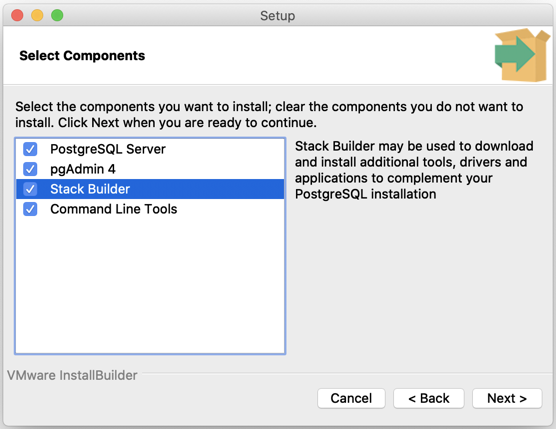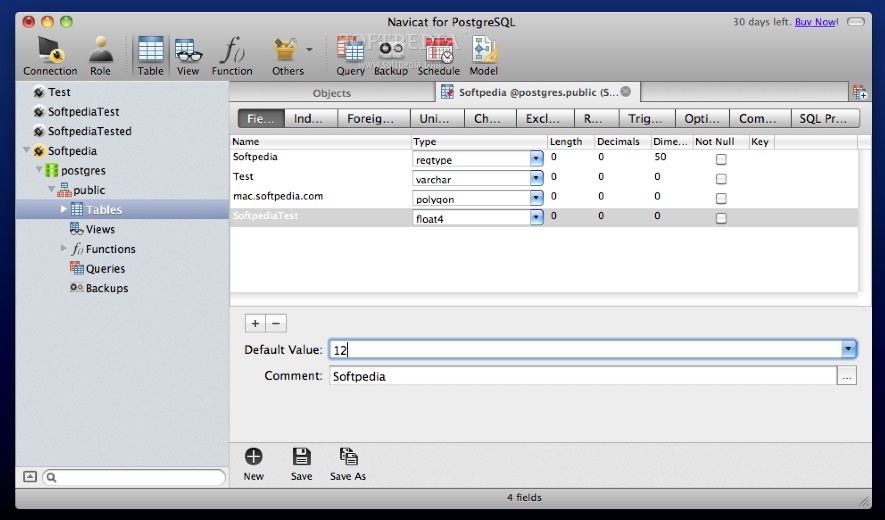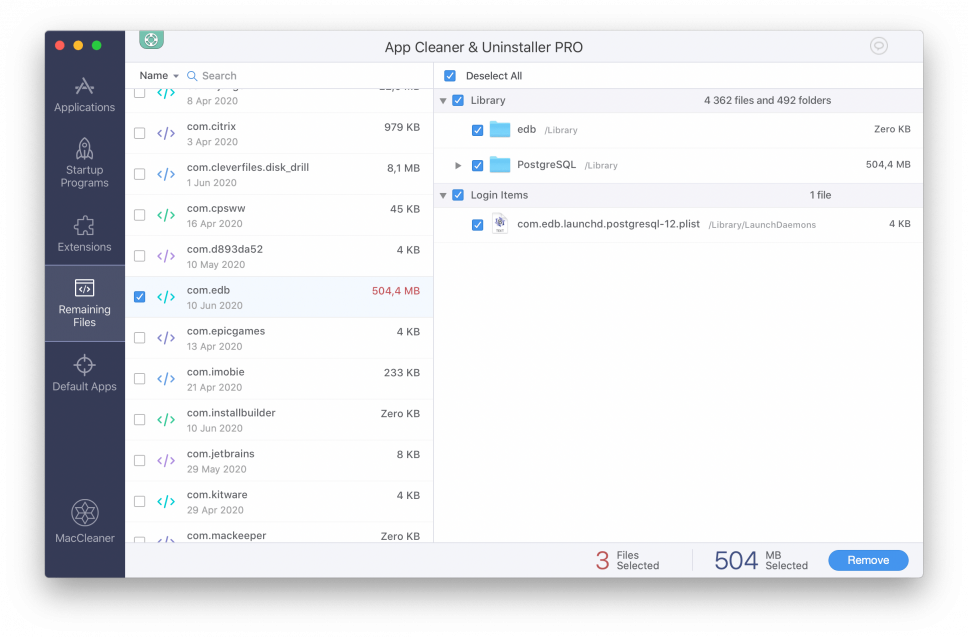

- #Install and run postgresql mac ruby how to
- #Install and run postgresql mac ruby install
- #Install and run postgresql mac ruby password
- #Install and run postgresql mac ruby download
If you did not use the -P flag and want to set a password for the role after you create it, enter the PostgreSQL console with the following command: psql postgres Enter your desired password, making sure to record it so that you can use it in a configuration file in a future step. You also specified the -P flag, which means you will be prompted to enter a password for your new role. The -d flag gave the role the permission to create new databases. In this command, you used createuser to create a role named appname. To create a new role, run the following command, replacing appname with whatever name you’d like to give the role: createuser -P -d appname In order to keep these superuser privileges separate from the database instance you use for your Rails application, in this step you will create a new role with less access. When starting PostgreSQL with Homebrew, you will automatically have a superuser role created with your macOS username. In PostgreSQL, roles can be used to organize permissions and authorization. Step 2 - Creating a Database Role for Your Application

Once PostgreSQL is installed, the next step is to create a role that your Rails application will use later to create your database. You will get the following output: Output To start the service and enable it to start at login, run the following: brew services start to make sure the installation was successful: postgres -V Then, apply the changes you made to your ~/.bash_profile file to your current shell session: source ~/.bash_profile Next, include the PostgreSQL binary in your PATH variable in order to access the PostgreSQL command line tools, making sure to replace the 10 with the version number you are using: echo 'export > ~/.bash_profile You can find the available packages at the Homebrew website.
#Install and run postgresql mac ruby download
If you would like to download a specific version of PostgreSQL, replace postgresql in the previous command with your desired package.
#Install and run postgresql mac ruby install
To install the latest version, run the following command: brew install postgresql There are multiple Homebrew packages to install different versions of PostgreSQL. Although there are many ways to install PostgreSQL on macOS, this tutorial will use the package manager Homebrew. In order to configure Ruby on Rails to create your web application with PostgreSQL as a database, you will first install the database onto your machine. This tutorial will use version 2.6.3 of Ruby and 5.2.3 of Rails for information on the latest versions, check out the official sites for Ruby and Rails.
#Install and run postgresql mac ruby how to
To set this up, follow our guide on How To Install Ruby on Rails with rbenv on macOS. A Ruby on Rails development environment installed on your macOS machine.



 0 kommentar(er)
0 kommentar(er)
